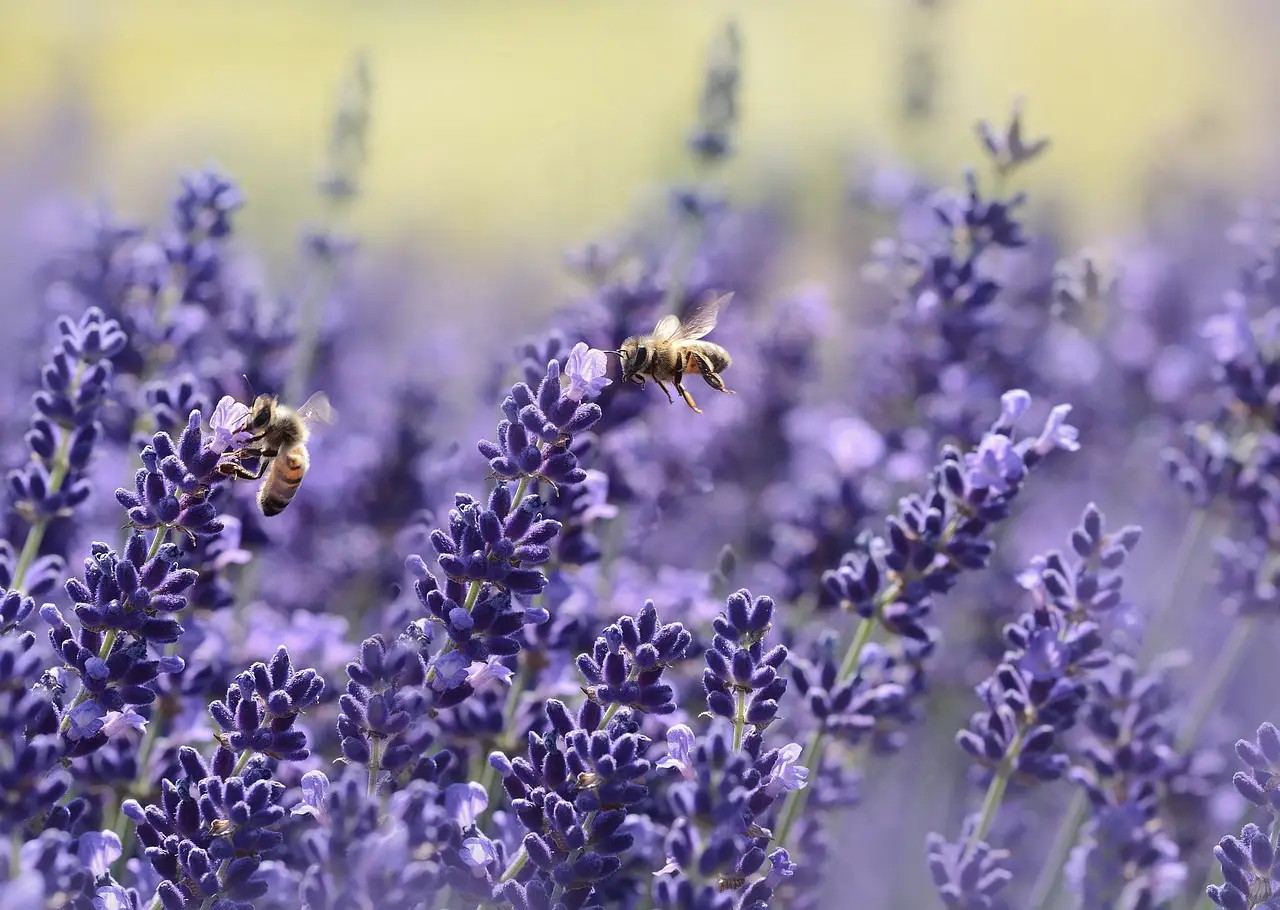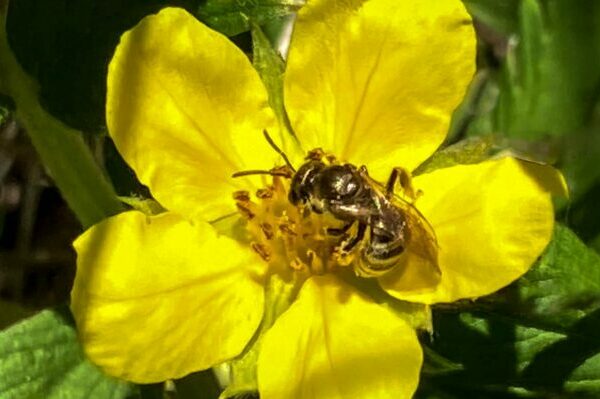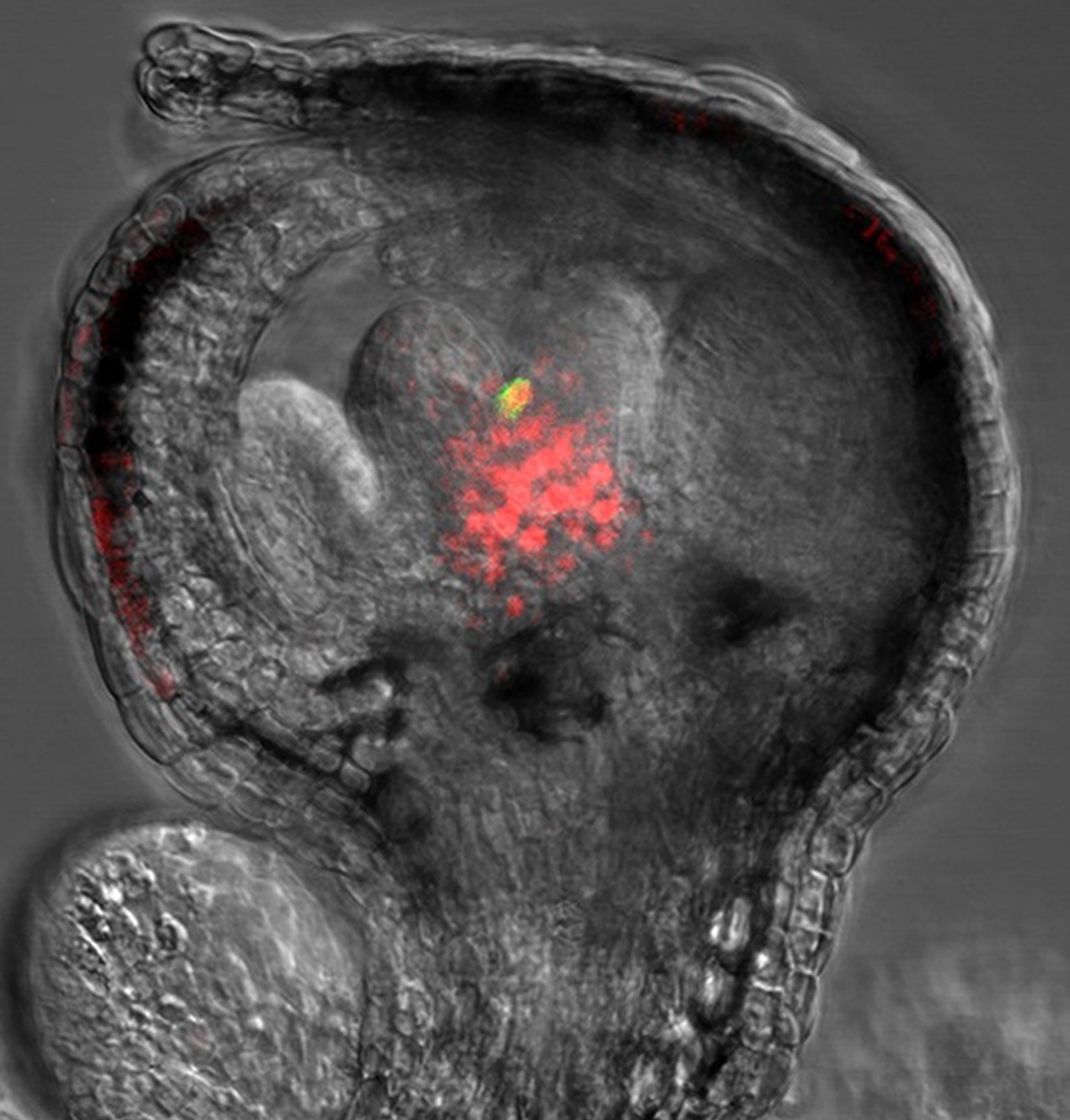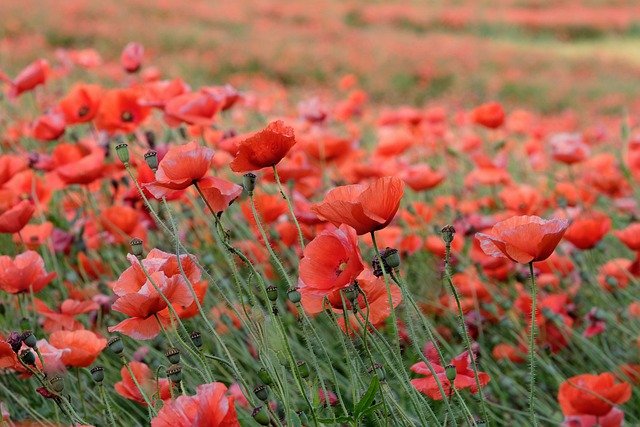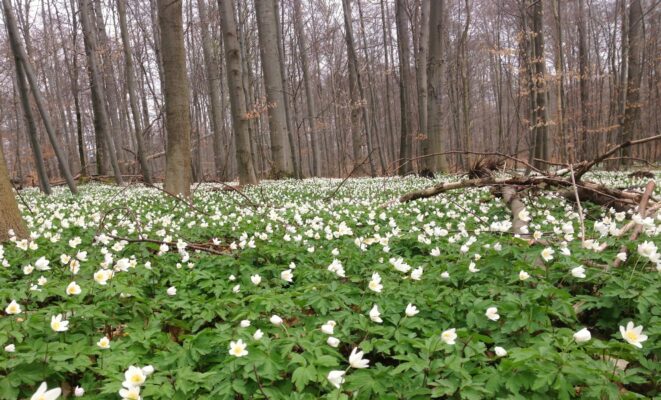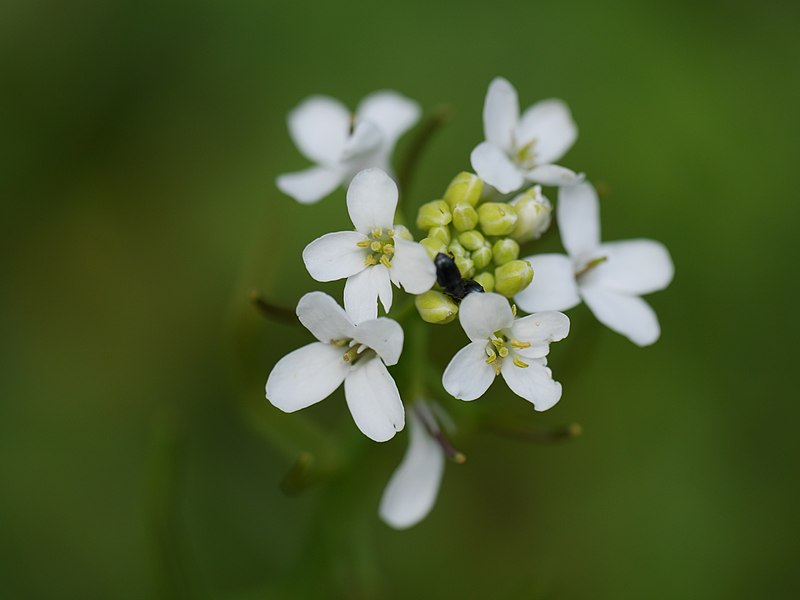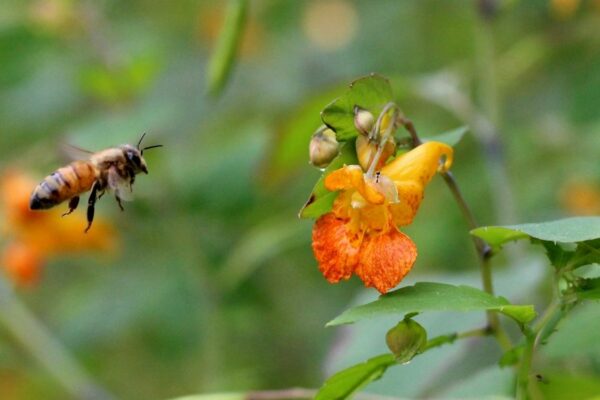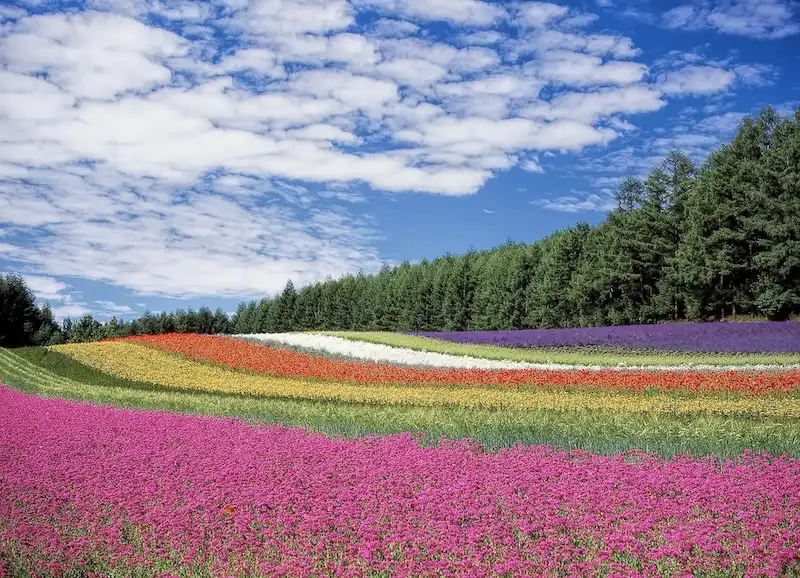
There’s been a well-documented shift toward earlier springtime flowering in many plants as the world warms. The trend alarms biologists because it has the potential to disrupt carefully choreographed interactions between plants and the creatures—butterflies, bees, birds, bats and others—that…
Read More


